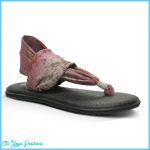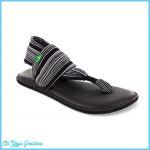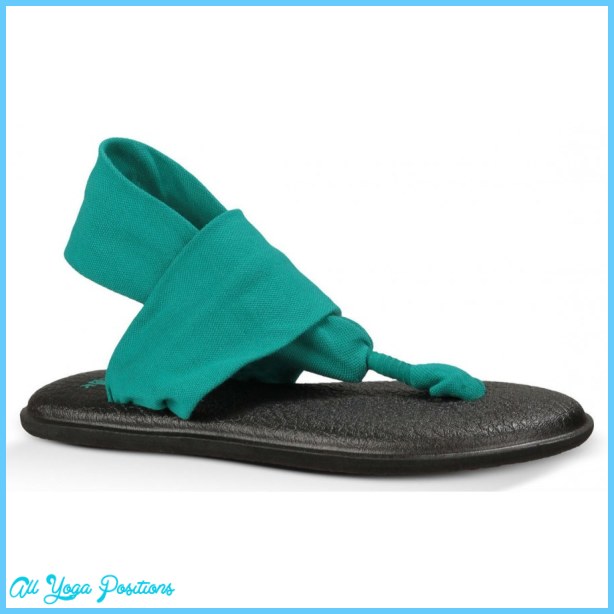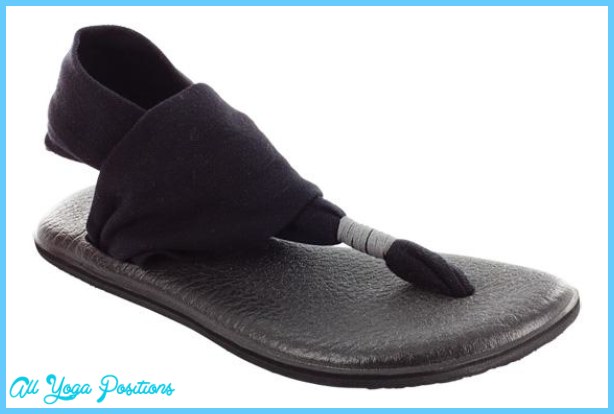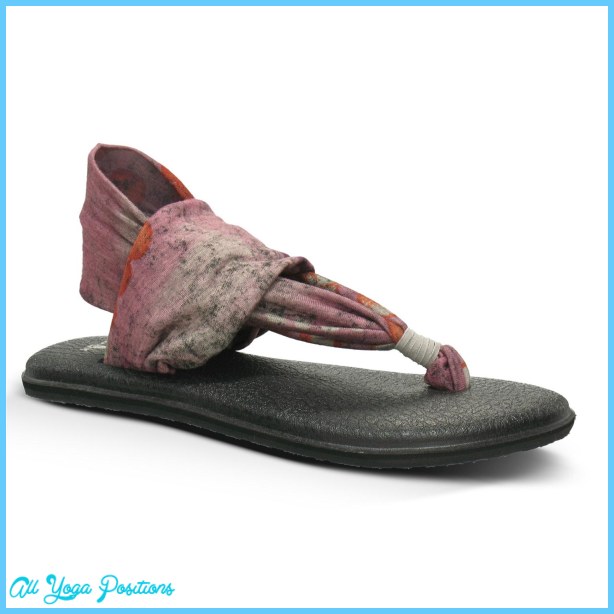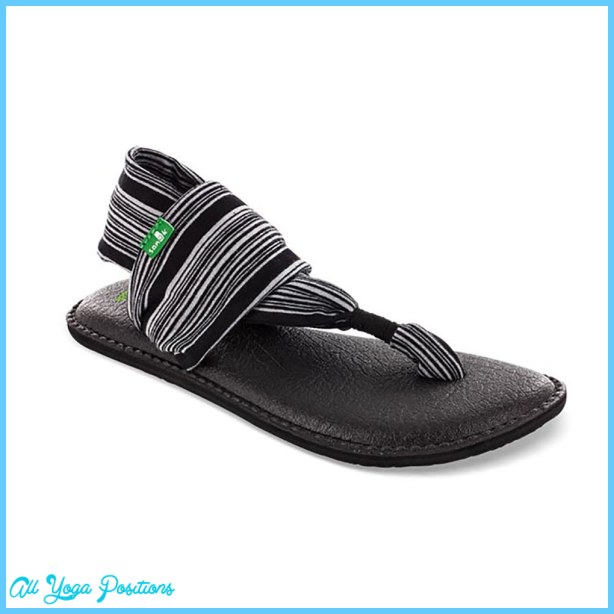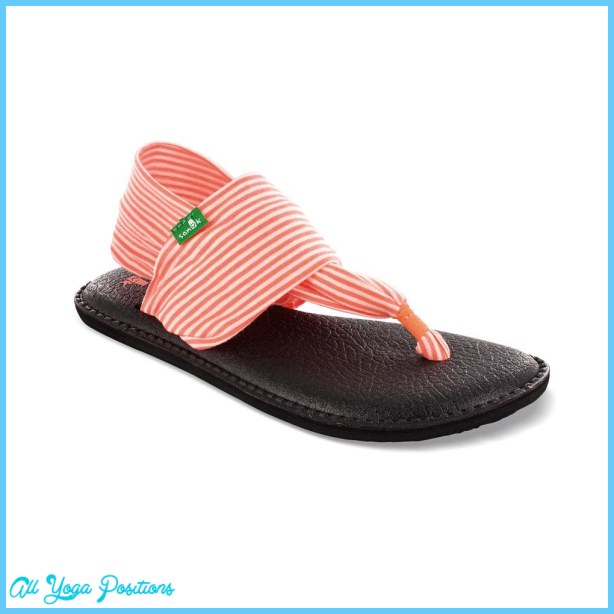Yoga in the white coat of science
Newly founded schools surfaced based on the teaching of athletic and acrobatic yoga exercises – asanas as we know them today. In Bihar in 1917 the brother of the later famous Yogananda founded Yogoda Satsanga Brahmachrya Vidyalya – a school for boys. In 1920 B.C.Gosh founded Gosh’s College of Physical Education in Calcutta. Both schools taught 84 asanas, claimed to stand in the old tradition of the 84 asanas ‘ often mentioned in the premodern hatha-yoga discourse. However, closer inspection shows that they had absolutely nothing to do with hatha-yoga asana as taught before 1900 (Buhnemann 2007). The 84 asanas were rather similar to exercises from Western callisthenics, as investigated by Singleton.
As the hatha-yoga wheel had been set in motion again, it was now up to modern medical science to prove that these Indian hatha-yoga techniques worked, and that they could deliver a new social identity: a strong Hindu body with a moral and spiritual mind applicable to the masses. Much medical research was undertaken (continuing to the present day) investigating all kinds of physical and psychological aspects and benefits of practising these yoga techniques. This heralded the birth of the discourse of medical / therapeutic scientific yoga (not to be mixed with the spiritual branch of Vivekananda).
Alter claims that the two main pioneering figures – hardly known in the West today – were Sri Yogendra and Swami Kuvalayananda. Sri Yogendra (1897-1989) had a background in the physical culture movement, where he practised wrestling and gymnastics. He also graduated from university. Like Vivekananda, Sri Yogendra travelled in the US from 1919 to 1924. He also set up an organisation – The Yoga Institute (Wikipedia link) – to promote a scientific yoga’, and worked closely with American scientists. Unlike Vivekananda, who dismissed hatha-yoga, Sri Yogendra promoted his hybrid hatha-yoga as physical culture’, which had an effect ofphysical sublimation’ (Albanese 2007). However, if one looks at his poses as seen in some of his publications – Yoga Asana Simplified (1928) and Yoga Personal Hygiene (1931) – it is evident (Singleton 2010) that these poses had their origin in J.P. Muller’s System of callisthenics. We see that by including hatha-yoga signs in a Western habitus of physical culture – combining physical and mental health and strength through body regiments – the scientifically oriented bhadralok of India like Sri Yogendra re-invented and re-instated hatha-yoga. Its signs now referred to modern habitus and signs from where they received new meanings. Hybrid hatha-yoga was constructed as a powerful physical education’ giving moral strength and access to mental powers’ – which was central to modernist discourses (Albanese (2007).
Purpose: To mobilize the spine and raise awareness of the segments Yoga sandals . Contraindications: Spinal stenosis, scoliosis, spondylolisthesis. Prop: A blanket placed under your Yoga sandals knees if desired. Avoiding pitfalls: Move at a moderate speed. Come down on your hands and knees, placing them shoulder-and hip-width apart, respectively. Breathe deeply to open up from inside. With care but lightly, begin to curve and arch your back. Inhale as you move your head and tailbone up.
Yoga sandals Photo Gallery



